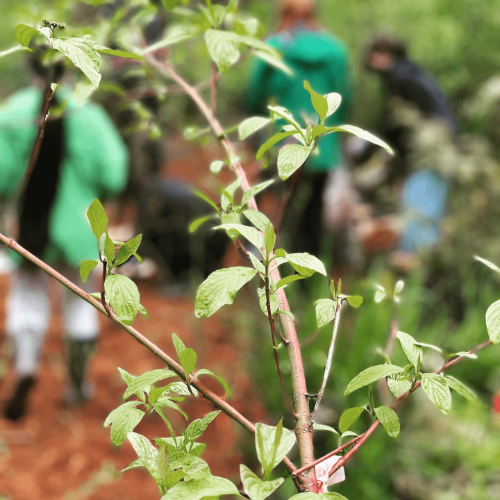- HOME
- GET INVOLVED
- RESTORATION SITES
- BLOG
- LEARN
- WHO WE ARE
- CONTACT
BEAR CREEK
Project Background
Whale Scout has been working on restoring a private property along the banks of Bear Creek in Redmond, WA, since fall of 2019. This property has been owned by the same family since 1930 and previously was used as a hunting, fishing, and gathering ground by the Coast Salish people. At the time of the family’s purchase, the property had just recently been logged and there were very few trees remaining. Over the years, the land went from a grassy field to dense thickets of Himalayan blackberry bushes, reed canary grass, creeping buttercup, morning glory and groves of willow trees. Supported by a grant from The Nature Conservancy, Whale Scout organized volunteer community restoration work parties to diligently remove the blackberry bushes (root balls and all!!!) and other invasives. As areas were cleared of these invasives, native trees, shrubs and groundcovers were planted.

How are we helping?
It has been exciting to see how this property has developed into a thriving, lush riparian habitat with rapidly growing Douglas fir, western red cedar, grand fir, sitka spruce, big leaf maple, red alder, Douglas spirea, nootka & bald hip roses, salmonberry, snowberry, thimbleberry, ninebark and many other native shrubs and groundcovers. Because of the flooding during the fall and winter months, willow stakes from the property have been cut and planted along the creek to help stabilize the banks and to prevent erosion. Willow stakes are also planted along the banks as gifts for the beavers who frequent the property. We have had to cage most of the trees in order to save them from being taken by our very, very important resident beavers. The beavers do enjoy removing many of the planted willow stakes!
Bear Creek is one of the best quality creeks that support spawning and rearing Chinook and sockeye salmon in the area. By creating this lush, thriving riparian zone on this private property, we are continuing to improve the water quality of Bear Creek. As the trees and shrubs continue to grow, they provide more shade to cool the water. All of this helps improve the habitat for salmon which in turn will increase the numbers of salmon returning to the ocean to feed our struggling Southern Resident Killer Whales.
Additional Information
This site also plays host to many student interns who have learned techniques for maintaining restoration sites and monitoring vegetation health. Salmon viewing tours are offered each fall as this special place showcases salmon migration and spawning in a very visible and accessible way. If you are interested in seeing how your property can be transformed into a lush oasis for salmon and yourself, we would love to give you a tour! Contact us for more information.

